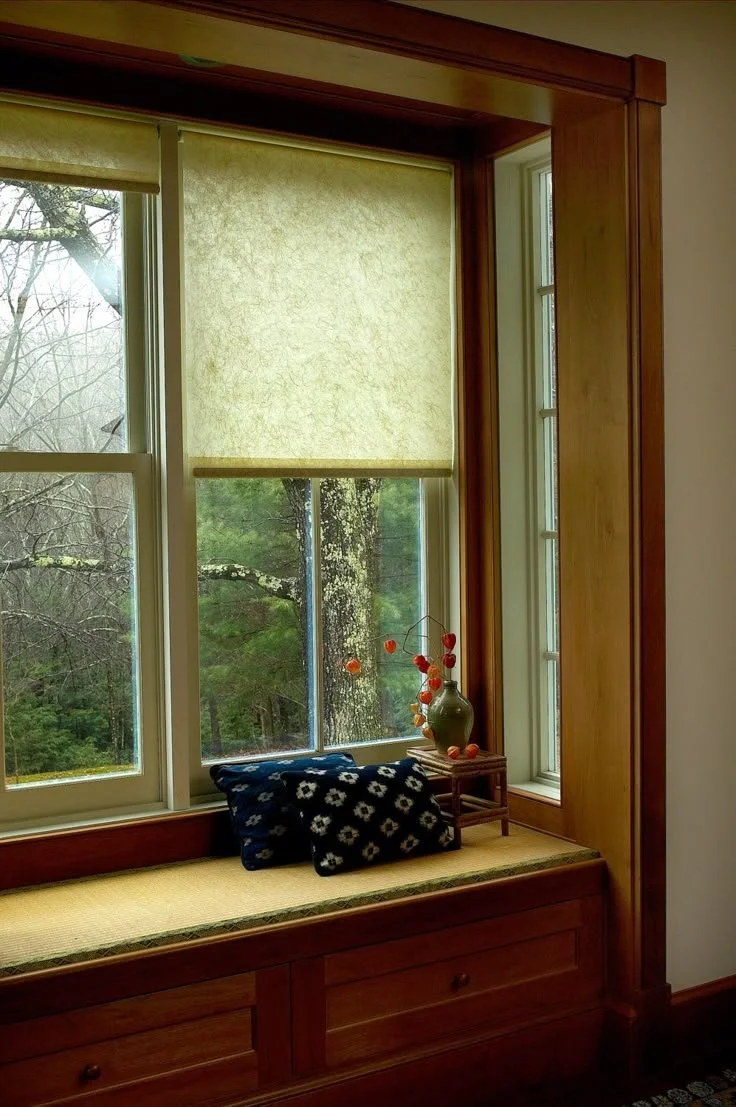5 Tips to Make Your Wardrobe More Sustainable
Microbeads, wet wipes, and single-use plastics are just some of the everyday household items that pollute the environment. At this point, many of us are aware of the waste that comes from single use items and plastics within our products. But despite it being out there in the news, it’s still the dominating ethos to overlook the devastating effects of fast fashion - both for the women and children who make it and for the world we live in.
Clothing materials like polyester, organic linen, rayon, nylon, even conventional cotton are significant culprits of landfills. They pollute the streams, making them inhabitable for aquatic animals. In fact, fast fashion makes up 10% of carbon emissions. Additionally, textile dyes are the second largest polluter when it comes to water. And the pesticides used in cotton cultivation for fast fashion additionally contanimates ground water and soil, leaking into waterways and creating serious health issues for farmers, workers, and their families.
While it’s easy to shun fast fashion and suggest spending thousands of dollars of sustainable brands instead, the honest truth is that our culture not only rewards the instant gratification of fast consumerism, but also the ability to shop only sustainable brands is still rife with privilege. While more and more brands are starting to work towards sustainability, the general cost of more sustainable products is still on the higher side, making it inaccessible to a lot of different budgets.
So instead of throwing out some offhanded comment about shopping only sustainable brands, here are a few other ways to make your wardrobe more sustainable without having to blow your wardrobe budget.
The Concept of A Sustainable Wardrobe
When we say sustainable wardrobe, we are referring to a collection of clothes that have been designed with quality, versatility, and wearability in mind. The goal of a sustainable wardrobe is to mitigate and not contribute to pollution and is focused on delivering key looks that depict your taste and remain durable, not trends that will last only a single season or two.
Step 1: Organize your wardrobe
The first step to factoring sustainability into your wardrobe is to take clear assessment of what you already have. This will help you avoid repeat purchases, figure out what staple items are missing, and avoid purchasing items that don’t really serve any kind of purpose. First, get rid of anything you haven’t worn in the last two years and toss it in a donate box (more on this later). Second, we like to leverage Marie Kondo's folding technique to tidy up the wardrobe so we can see the whole content of what’s in there with a full view. Generally, this is when we find ourselves discovering lost favorite clothing items, which in turn prevents hitting up the shops for a replacement.
Step 2: Fix Your Clothes
Many of us are fond of discarding clothes with a minor tear. It’s pretty shitty if you think about it, but based on stats, the average American discards 82 pounds of textile waste each year. It’s almost impossible to envision the numerous pairs of jeans, socks and t-shirts being thrown away and their effects on the environment.
An aperture in your jeans or a loose strap doesn’t warrant purchasing a new replacement. Instead of disposing of your clothes, consider fixing them. We like to keep a little box in the back of our closet for clothing that needs to be fixed - once every few months, we bring the pile down to the tailor and for a minor fee, they’re good as new. Not only is it the more sustainable option, but even with paying for fixes, is far more financially sustainable as well. Plus, we feel more comfortable spending more per item knowing that we can will for sure be keeping them long term.
Step 2: Shop sustainably
Many people consider quality, price, trend, size, style, etc. But what if we added sustainability to the list as well?
Opting for ethical and sustainable brands starts with education. It means ditching eco-unfriendly fabrics that contribute to landfills and other environmental issues and opting for eco-friendly options. For instance, sustainable denim vs standard denim can have a huge difference. And while a lot of sustainable brands are on the pricier side, the cost-per-wear is often closer to the price of fast fashion than you think.
Want to shop sustainably but don’t want to pay more for clothing? Thrift shops are a great way to get one-of-a-kind and often very on-trend clothing. The trick to making thrift shop purchases look more expensive is to bring them to the tailor once you purchase them. While this may up the cost slightly, you’ll find that this can still be more affordable than some sustainable brands - and far more unique and high-end feeling than anything fast fashion.
Step 4: Donate unwanted clothes
Clothes - and especially fast fashion items - take up to 40 years to decompose. So rather than tossing those unwanted clothes, why not donate them to charity, homeless shelters, or organize a clothes swap with friends and colleagues. Finding places that recycle clothing responsibly is another idea approach. Some sustainable online shops like Thredup and For Days even offer recycling programs for clothing credit, which can be a great way to get started.
Step 5: Delete Your Fast Fashion Accounts
One of the things that makes online shopping so easy is the convenience. So if you want to shop more sustainably but don’t trust yourself when you’re on autopilot, just delete your fast fashion accounts. Radical, we know. But highly effective. There’s something about having to enter your full address and credit card info in every time that makes us stop and think that really drags the flow of impulse shopping. You might even be surprised at how much effort fast fashion shopping takes when you have to actually do the work to buy the thing…











